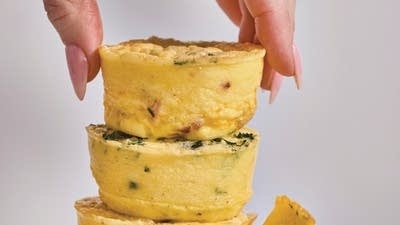
An excerpt from The Fruits, Herbs and Vegetables of Italy, written by Giacomo Castelvetro in 1614.
... Fresh broad beans come next. We eat them at the end of the meal with a salty cheese from Crete or Sardinia, or failing that with Parmesan, and always with pepper. If there is no cheese, we just eat them with salt.
When the broad beans start to become hard, we cook them in water to loosen their skins, which we remove. Then we put the beans in a little pot with oil or fresh butter, and sweet herbs chopped very fine, and salt and pepper, and stew them gently, to make a really tasty little dish.
For the sake of brevity I will say no more about the many singular virtues of this vegetable, except to mention one. Broad bean flour is excellent for clearing impurities in the skin, and our ladies, who are delicate and fastidious in all their ways, use it in the bath instead of nitre, for its lather cleans them as well as anything else.
Before going any further I should say what I mean by "sweet herbs" since I shall use this expression quite often. It is the name our housewives give to a special mixture of parsley, spinach beets, mint, marjoram, basil and thyme (but with more of the first two since the others are so strongly flavored), which they wash and then chop very fine. We use this mixture to season many dishes, especially fresh broad beans.
When they are hard and dry, as is particularly the case with field beans, we eat them in two different ways.
When cooked whole in salted water and eaten with oil and pepper they are called fava de morti, "beans for the dead." Beans cooked this way are seldom eaten by gentlefolk, except on the day that superstitious papists dedicate to their dead, when custom has it that everyone prepares large quantities to give away to the poor, in the fond belief that that this will relieve the excessive torments of their ancestors languishing in purgatory.
The second way, which is nicer and more usual, is to remove the outer skins and cook the beans in water and salt and season them with oil and pepper. They are sometimes cooked with sage leaves or rosemary and eaten as a lean dish in winter.
Here is another recipe, which is somewhat more refined than the other two. Cook the beans in water with salt and put them in a stone mortar with a little of their cooking liquid, and pound them with a wooden pestle until they are white as snow. Serve this favetta hot with olive oil, pepper and clean washed raisins. Some use cinnamon as a seasoning instead of pepper.
Our ladies make tortelli with this puree, seasoned with pepper, which are really delicious. They take a sheet of very thin pastry, and cut out round shapes with a glass or a wooden cup, and put a spoonful of the puree on each one, adding a few raisins if desired. Then they fold each one up and make a neat little edging with their fingers and sprinkle them with flour. These tortelli will keep eight days or more.
When they come to cook them, they fry them in oil, and some send them to the table sprinkled with honey or sugar. These crisp little morsels are so light they never fear for their precious teeth.
Before you go...
Each week, The Splendid Table brings you stories that expand your world view, inspire you to try something new, and show how food connects us all. We rely on your generous support. For as little as $5 a month, you can have a lasting impact on The Splendid Table. And, when you donate, you’ll join a community of like-minded individuals who love good food, good conversation, and kitchen companionship. Show your love for The Splendid Table with a gift today.
Thank you for your support.
Donate today for as little as $5.00 a month. Your gift only takes a few minutes and has a lasting impact on The Splendid Table and you'll be welcomed into The Splendid Table Co-op.



